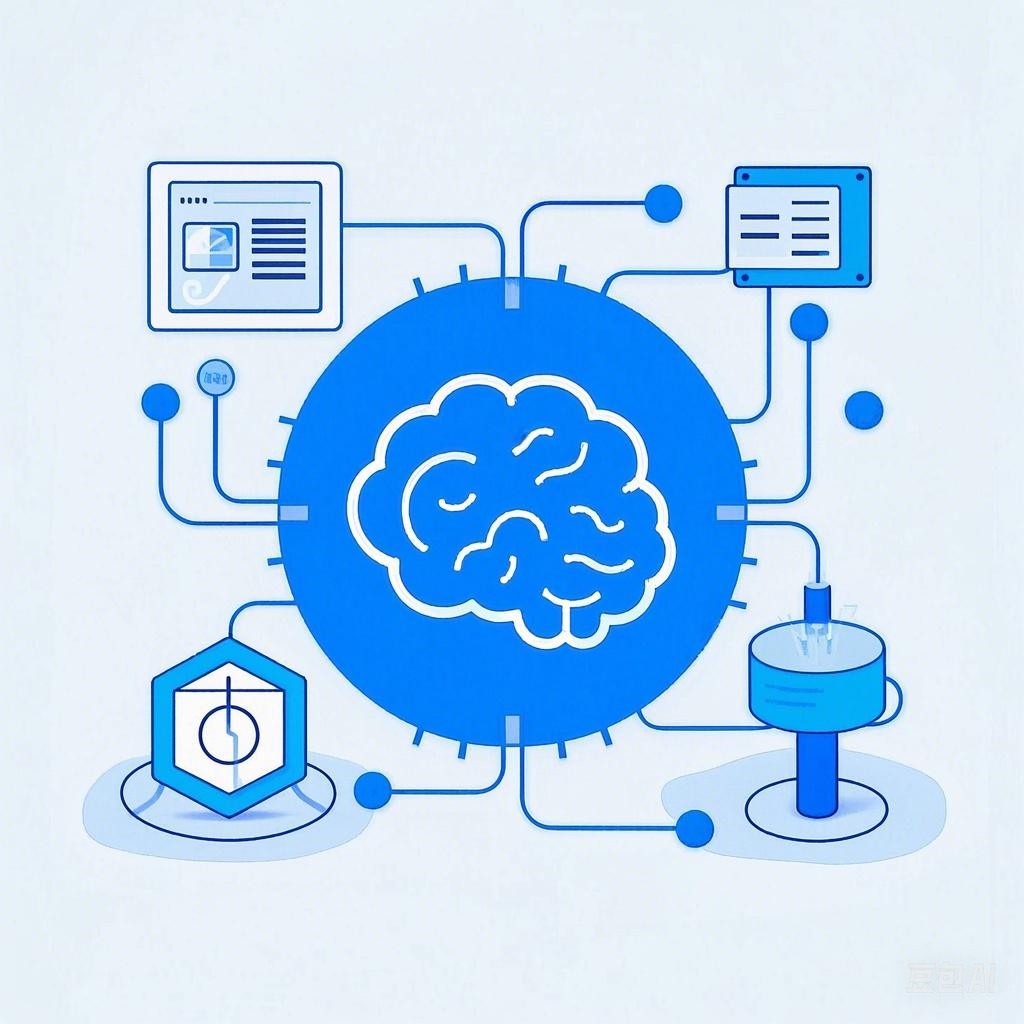Introduction
The landscape of human-vehicle interaction is undergoing a transformative shift, driven by advancements in technology and changing societal needs. As vehicles become more intelligent and autonomous, the way we communicate with them is evolving. This article explores the future of human-vehicle interaction, focusing on the role of communication and the technologies that are shaping this revolution.
The Evolution of Human-Vehicle Interaction
Historically, human-vehicle interaction has been primarily based on physical controls and visual feedback. Drivers have used pedals, levers, and buttons to control their vehicles, while visual cues from the dashboard and road signs have provided information. However, this traditional model is rapidly changing.
Physical Controls to Digital Interfaces
One of the most significant changes is the shift from physical controls to digital interfaces. Modern vehicles are equipped with touchscreens, voice-activated systems, and haptic feedback, allowing drivers to interact with their cars in new ways. This transition is not only more intuitive but also safer, as it reduces the need for manual distractions.
From Reactive to Proactive Communication
In the past, vehicles have been largely reactive, responding to driver inputs. However, with the advent of advanced driver-assistance systems (ADAS) and autonomous vehicles, the communication between humans and vehicles is becoming more proactive. Vehicles can now predict driver intentions, suggest actions, and even take control in certain situations.
The Role of Communication in the Future
Effective communication is at the heart of the future of human-vehicle interaction. Here are some key aspects:
Natural Language Processing
Natural language processing (NLP) technology is enabling vehicles to understand and respond to human language. This means that drivers can communicate with their vehicles using voice commands, and the vehicles can provide feedback in a conversational manner. For example, a car could respond to a driver’s request for directions with a simple, “Head north on Main Street, then turn left at the second light.”
Haptic Feedback
Haptic feedback provides tactile sensations to the driver, enhancing the communication between the vehicle and the human. For instance, a gentle vibration could indicate a warning or a change in vehicle speed. This technology is particularly important for autonomous vehicles, where drivers need to be kept informed without the need for visual or auditory alerts.
Augmented Reality (AR)
AR technology can overlay digital information onto the driver’s view of the road, providing real-time information and guidance. For example, AR can display navigation instructions directly on the windshield or highlight potential hazards.
Technologies Shaping the Future
Several technologies are driving the revolution in human-vehicle interaction:
5G Connectivity
5G connectivity is crucial for the seamless transfer of data between vehicles and their surroundings. This allows for real-time communication with traffic systems, other vehicles, and infrastructure, enabling more efficient and safer driving experiences.
Machine Learning and AI
Machine learning and AI algorithms are enabling vehicles to learn from driver behavior and adapt to individual preferences. This personalized approach enhances the driving experience and improves safety.
Blockchain
Blockchain technology is being explored for secure and transparent data sharing between vehicles and service providers. This could lead to more efficient vehicle maintenance and insurance processes.
Conclusion
The future of human-vehicle interaction is poised to be a revolution in communication. As technology continues to advance, vehicles will become more intuitive, proactive, and intelligent. By embracing these changes, we can look forward to a future where our vehicles are not just tools for transportation but also companions that enhance our daily lives.
